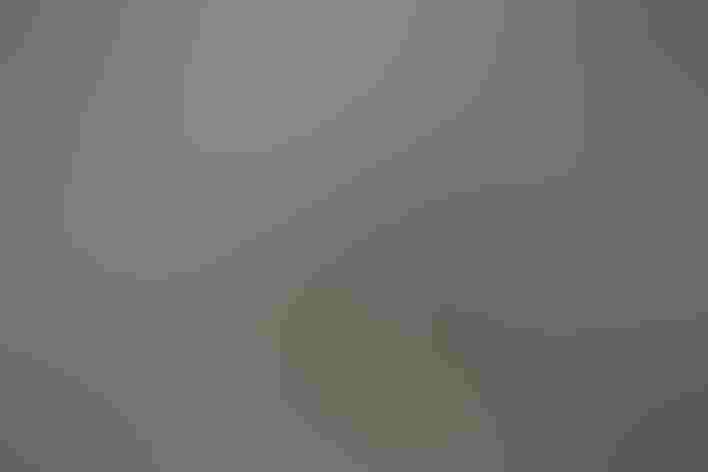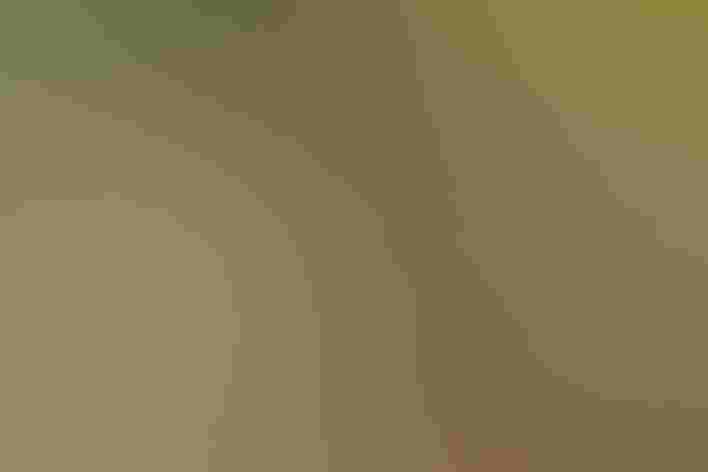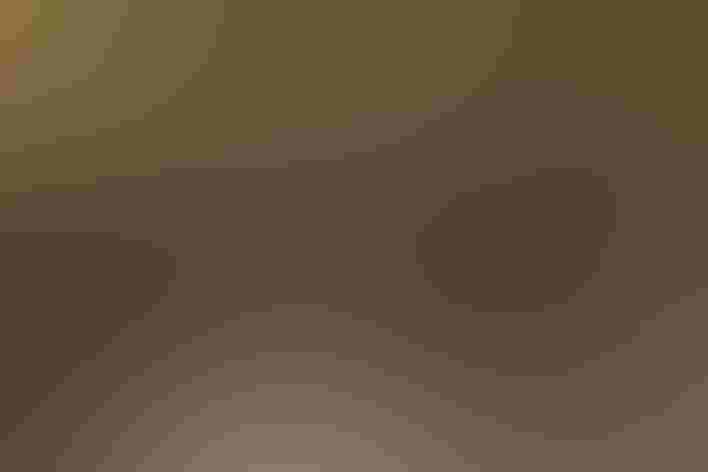California Quail
At a Glance
This sharply-marked bird with the curving topknot is common along the California coast and in a few other areas of the west. It has adapted rather well to the increasing human population, and is often found around well-wooded suburbs and even large city parks. California Quail live in coveys at most seasons, and are often seen strutting across clearings, nodding their heads at each step. If disturbed, they may burst into fast low flight on whirring wings.
All bird guide text and rangemaps adapted from Lives of North American Birds by Kenn Kaufman© 1996, used by permission of Houghton Mifflin Harcourt Publishing Company. All rights reserved.
Category
New World Quail, Upland Ground Birds
IUCN Status
Least Concern
Habitat
Desert and Arid Habitats, Forests and Woodlands, Shrublands, Savannas, and Thickets, Urban and Suburban Habitats
Region
Alaska and The North, California, Northwest, Rocky Mountains, Southwest
Behavior
Flushes, Running
Population
5.800.000
Range & Identification
Migration & Range Maps
Permanent resident throughout its range.
Description
10" (25 cm). Curving topknot, white stripes on gray-brown sides, heavily scaled pattern on belly. Mountain Quail is mostly at higher elevations, has broad white bars on reddish sides. In desert country, compare to Gambel's Quail.
Size
About the size of a Robin
Color
Black, Brown, Gray, Red, Tan, White
Wing Shape
Fingered, Rounded, Short
Tail Shape
Rounded, Short, Square-tipped
Songs and Calls
A loud distinctive ka-kah-ko or Chi-ca-go, the second note highest.
Call Pattern
Undulating
Call Type
Scream
Habitat
Broken chaparral, woodland edges, coastal scrub, parks, farms. May be most common in open oak woodland and in streamside growth bordered by chaparral, but also found in suburbs, semi-desert situations, pinyon-juniper woods, grassland, coastal sage scrub. Where introduced farther inland, may be in other brushy habitats. Avoids mountains.
Sign up for Audubon's newsletter to learn more about birds like the California Quail
Behavior
Eggs
10-16, usually 13-14. Dull white to pale buff, variably marked with brown. Two females sometimes lay eggs in same nest. Incubation is by female only, about 18-23 days.
Young
Downy young leave nest within a day after hatching. Both parents tend young, with female often brooding them when small, male perching high and acting as sentinel; young feed themselves. Young can fly short distances at age of 10 days but are not full grown until later. One brood per year, two in years with good food supply.
Feeding Behavior
Forages mostly by picking up items from ground, often scratching on ground, and picking leaves from plants. Along roads, may feed on acorns that have been cracked open by passing cars. In neighborhoods with good plant cover, comes into yards to eat grain or birdseed.
Diet
Mostly seeds and leaves. Feeds on a wide variety of plants, but especially annual weeds, eating the seeds, leaves, and fresh shoots. Also eats acorns, berries, flowers, bulbs, insects.
Nesting
During breeding season, males call loudly to advertise territory. In courtship, male postures with wings drooped, tail spread; bobs head, and may rush at female. Nest site is usually on ground, under a shrub or brushpile, or next to a log or other cover. Sometimes nests above ground, on broken-off branch or in old nest of another bird. Typical nest on ground (probably built by female) is a shallow depression, lined with grass and leaves.
Conservation
Conservation Status
Adapts fairly well to the vicinity of civilization, but declining in some regions as coastal areas become more and more built up.
Climate Threats Facing the California Quail
Choose a temperature scenario below to see which threats will affect this species as warming increases. The same climate change-driven threats that put birds at risk will affect other wildlife and people, too.








